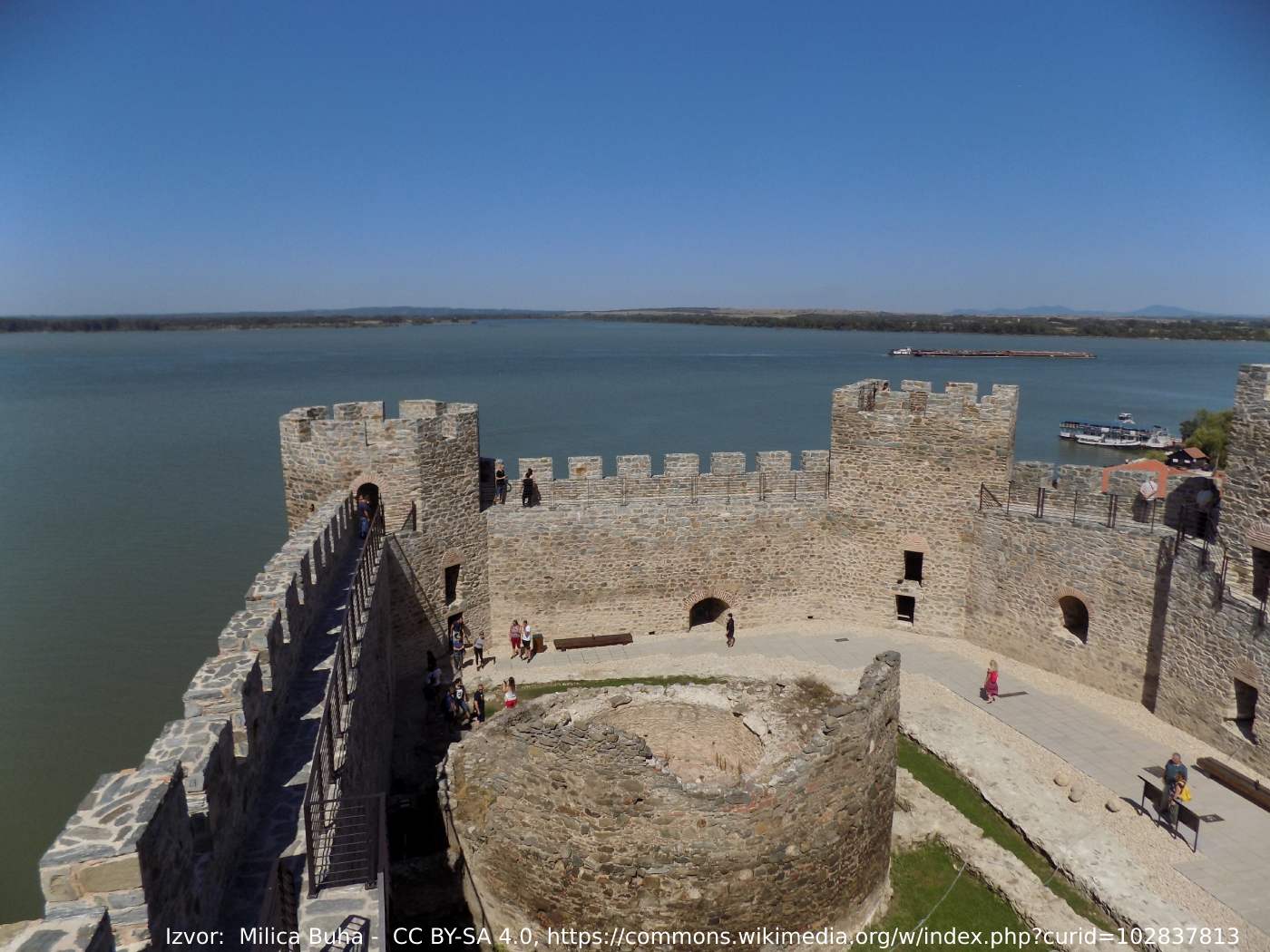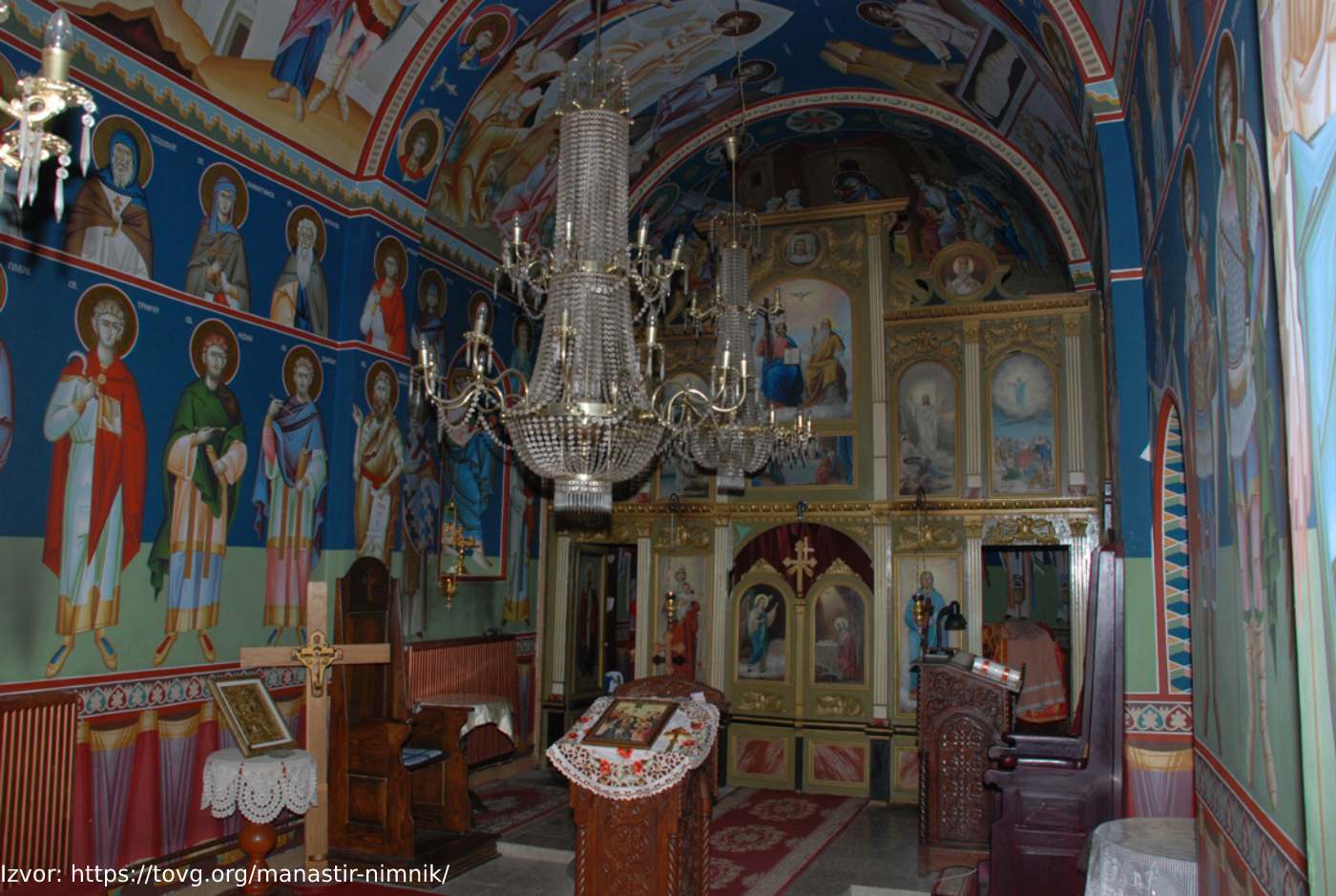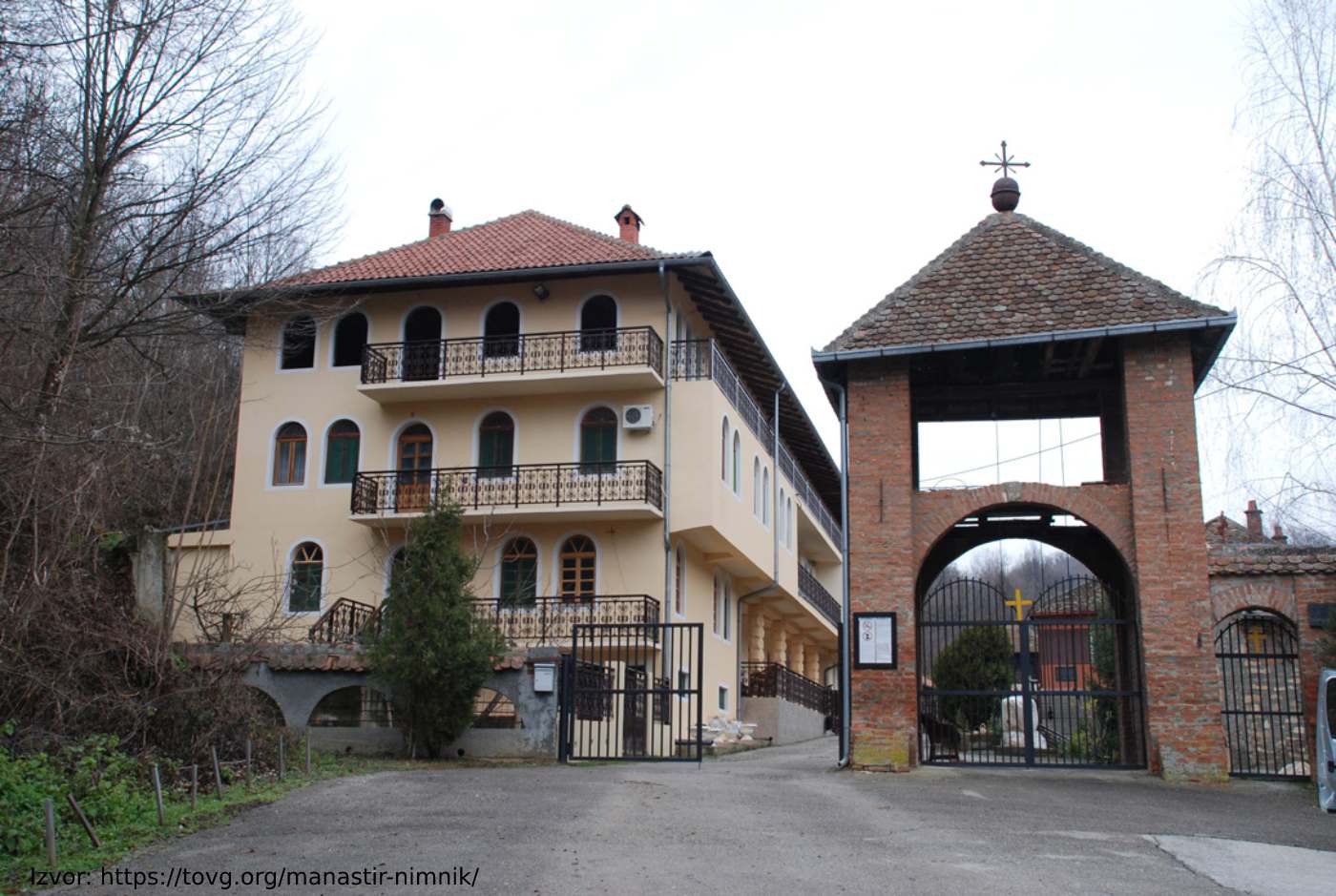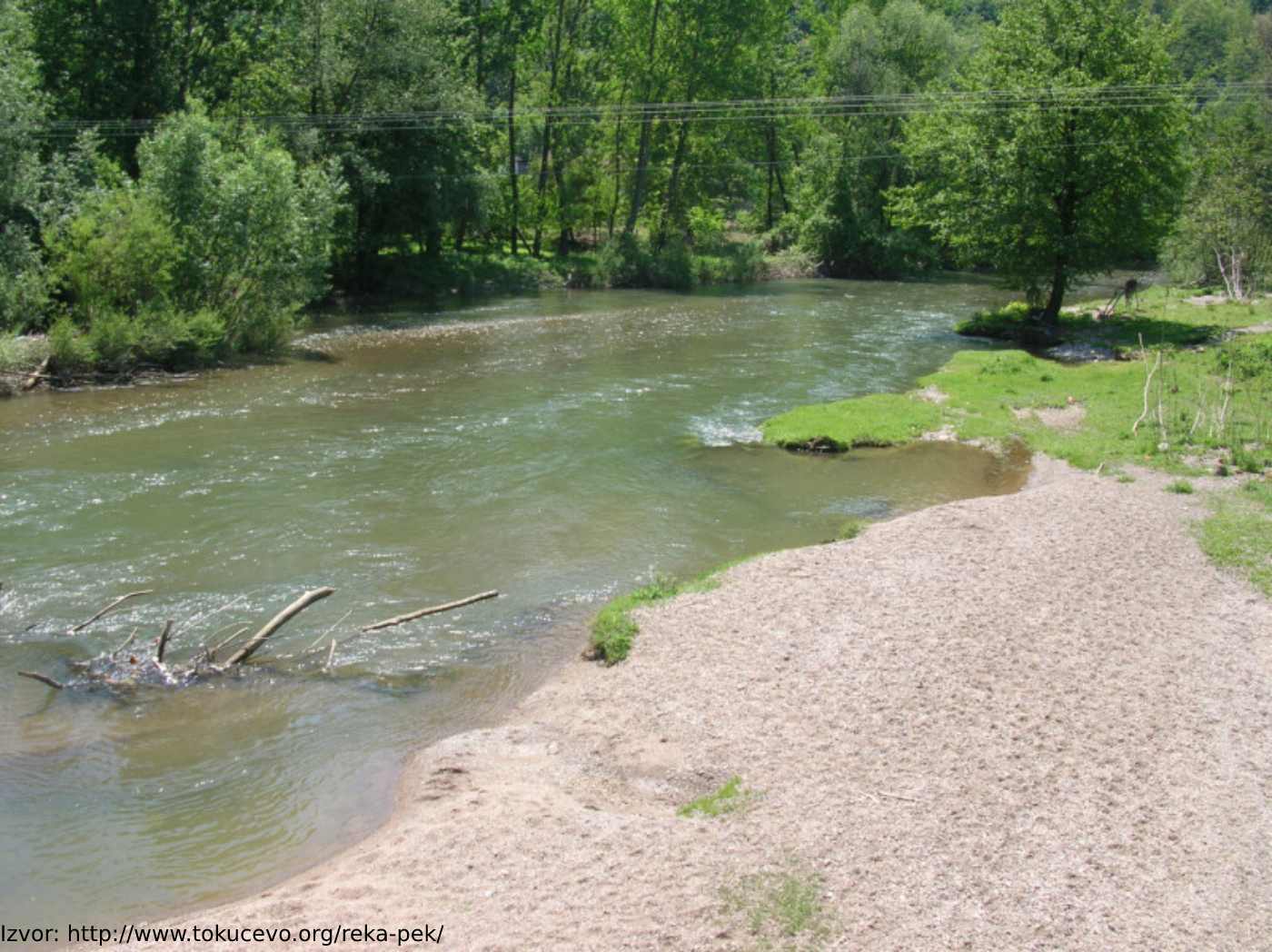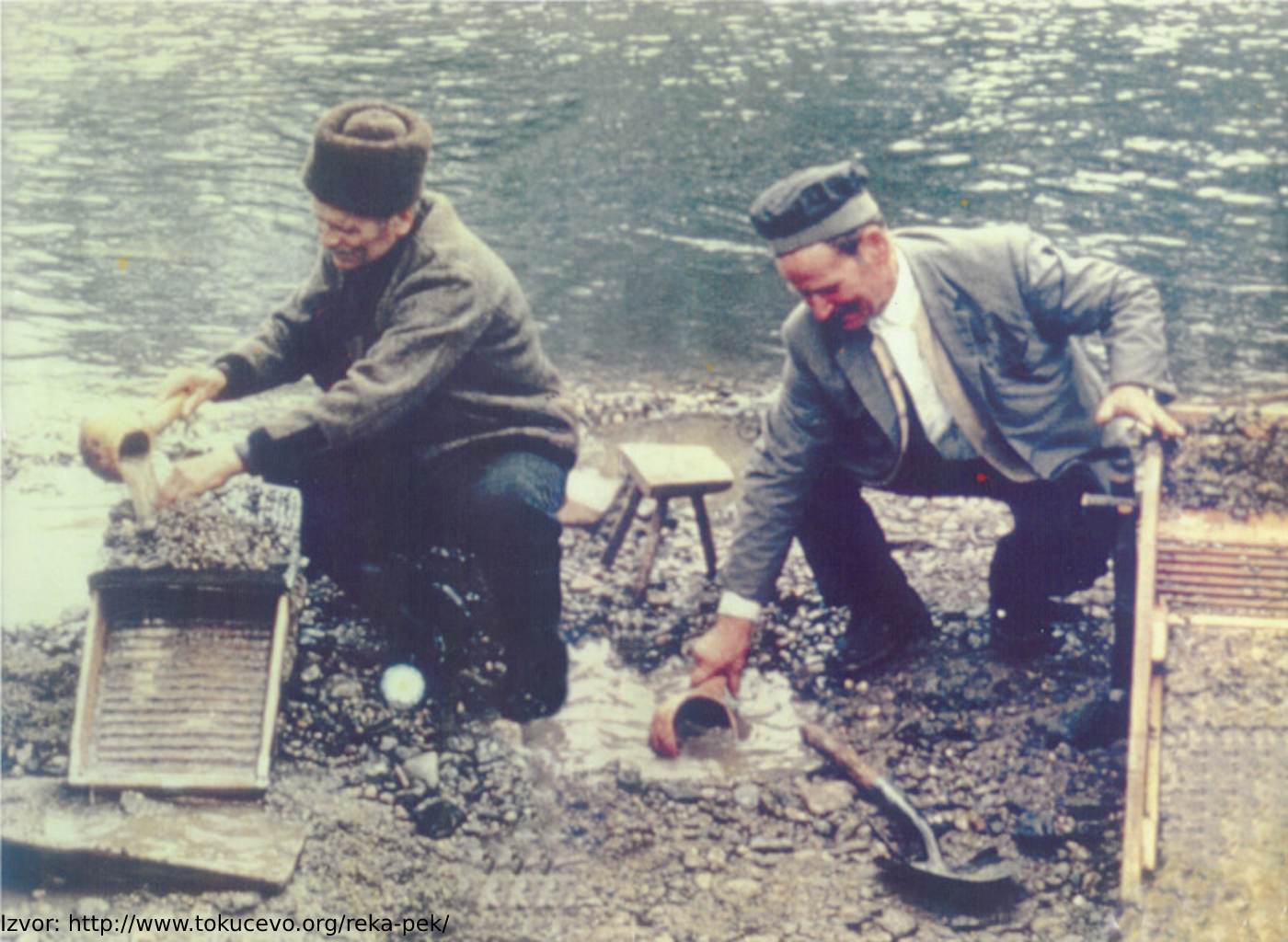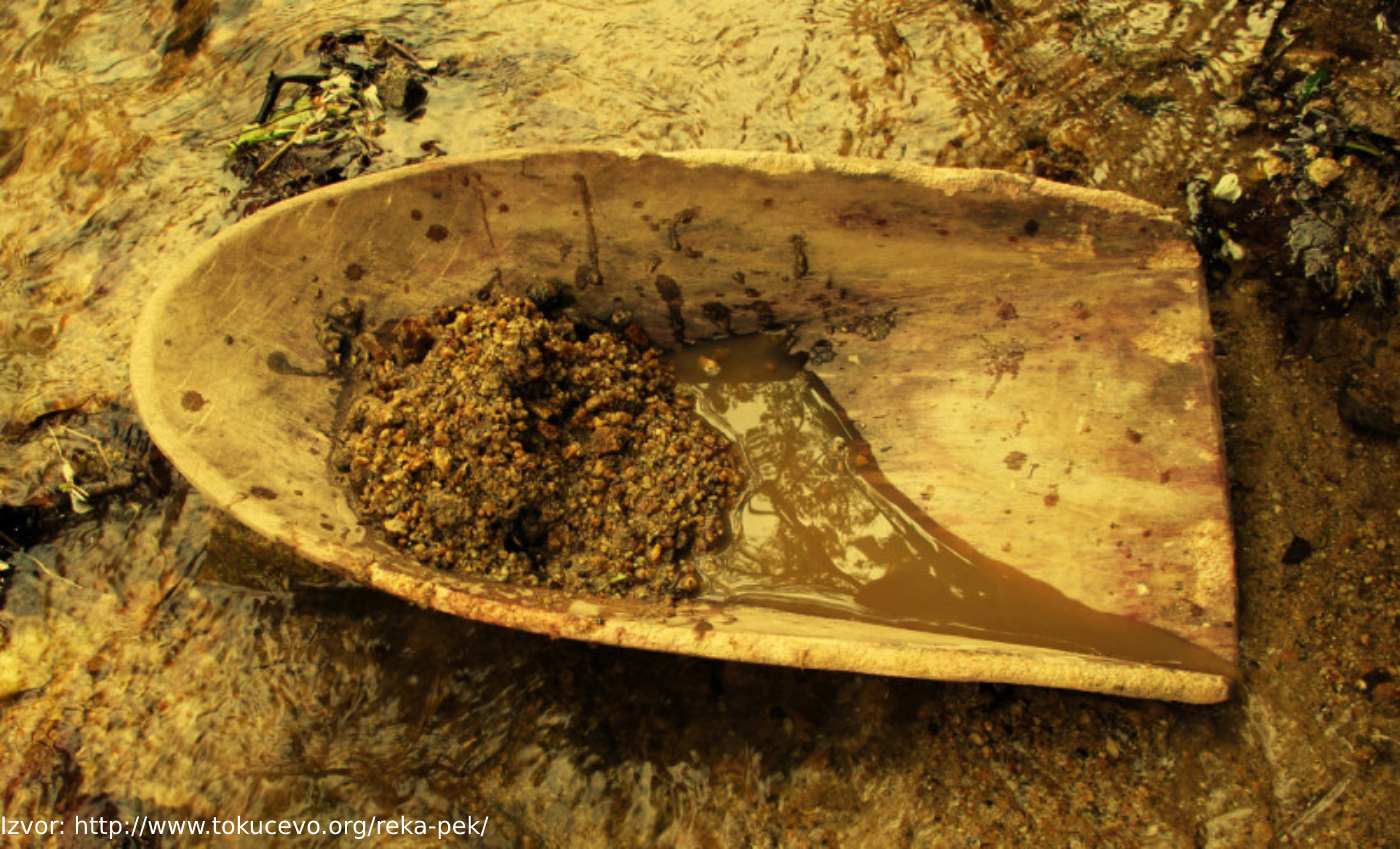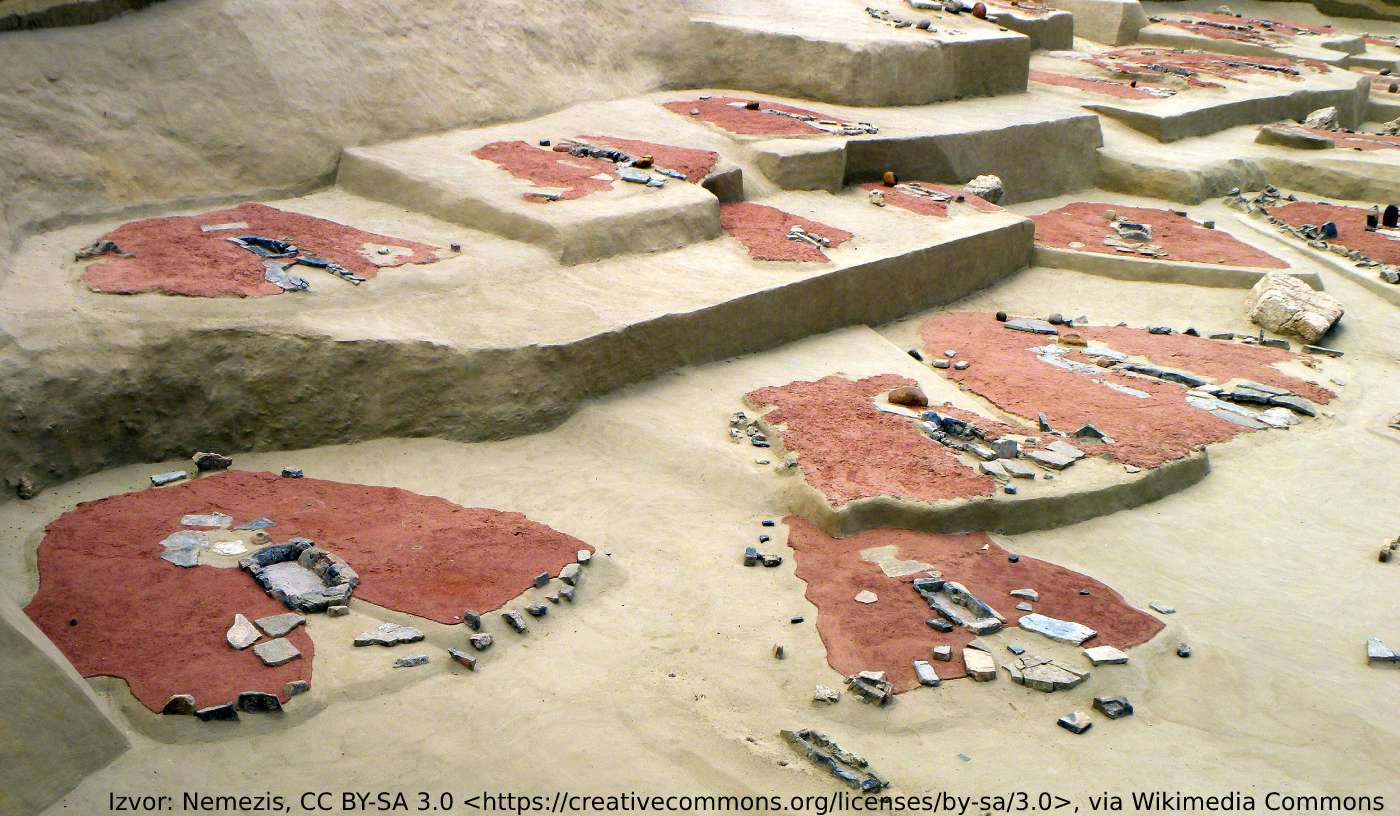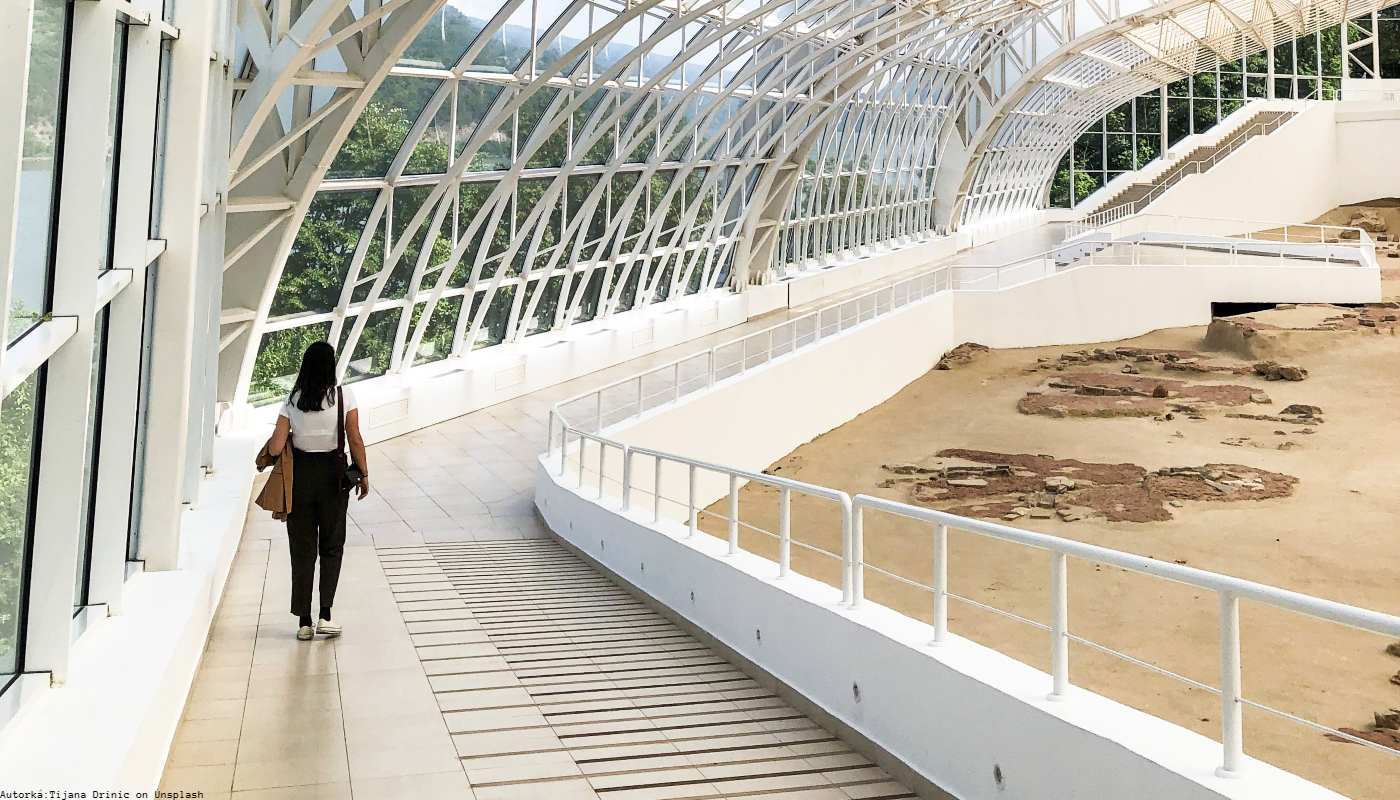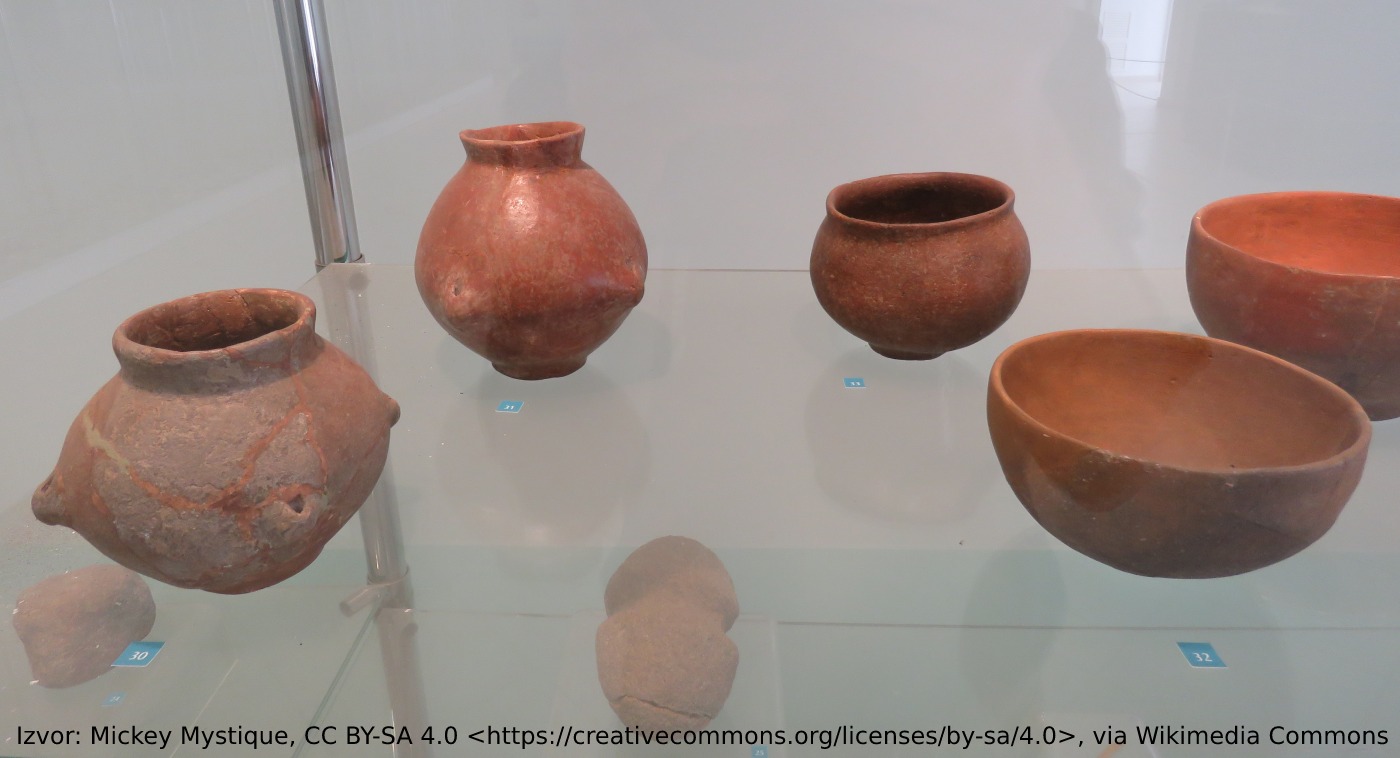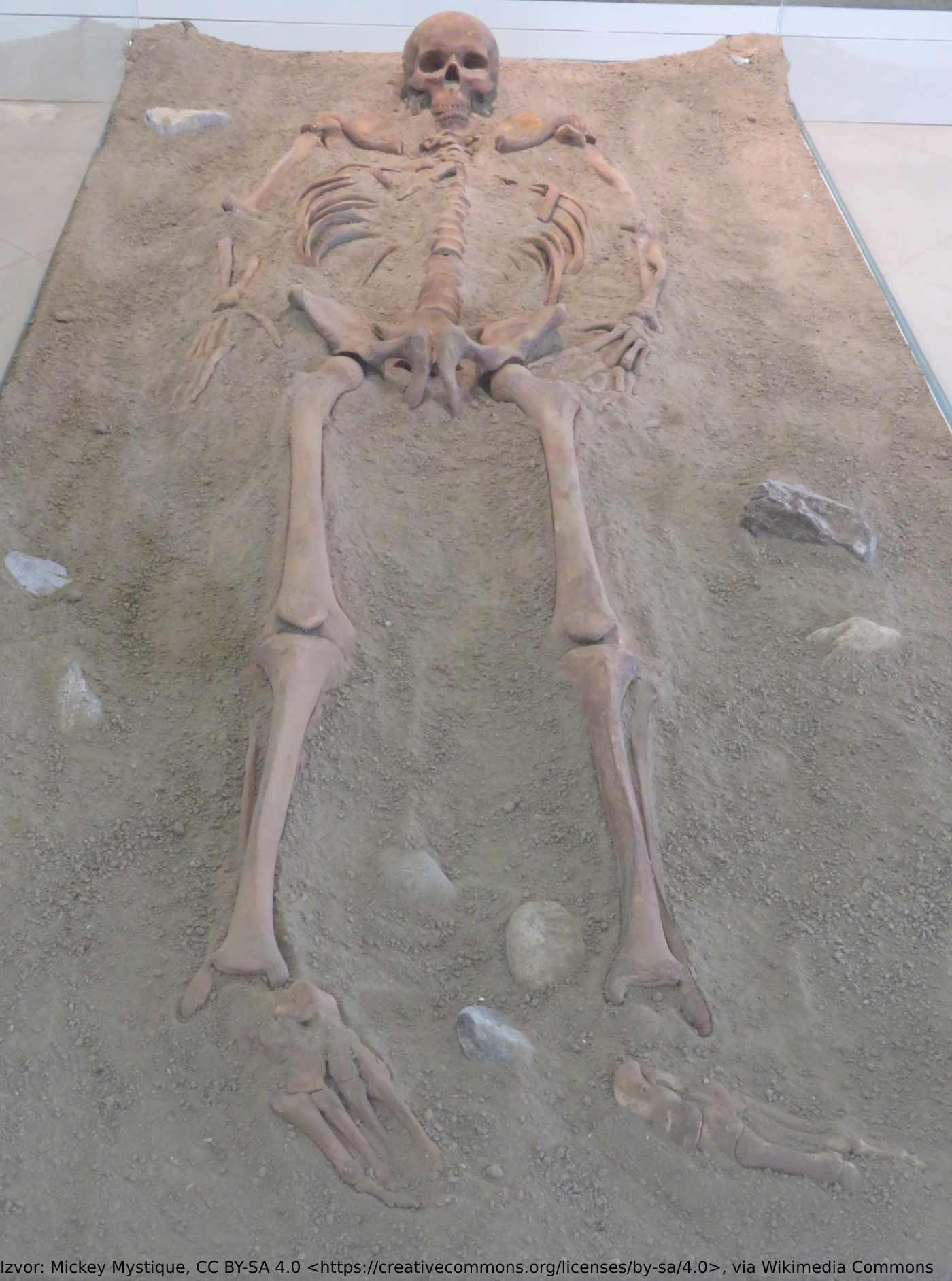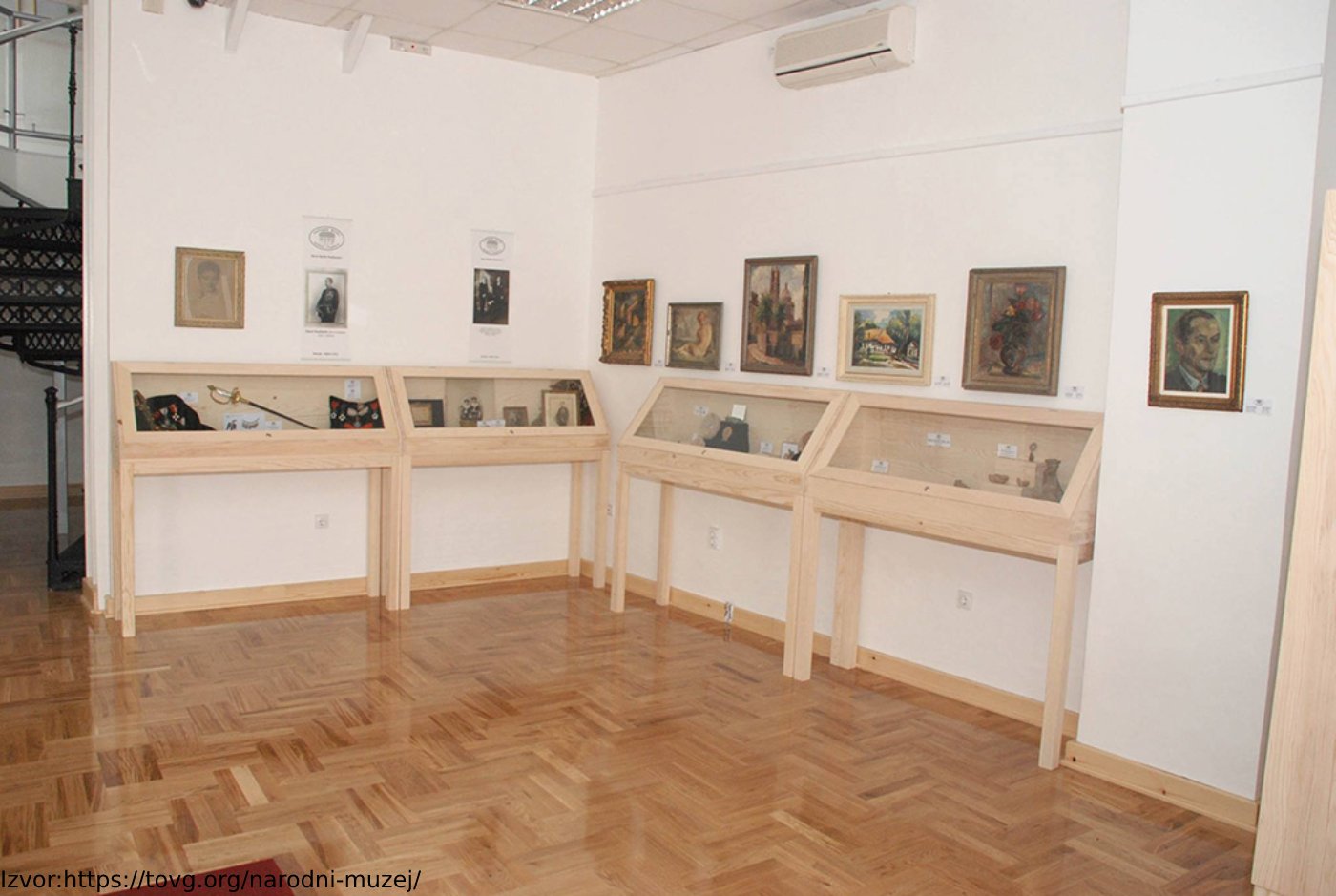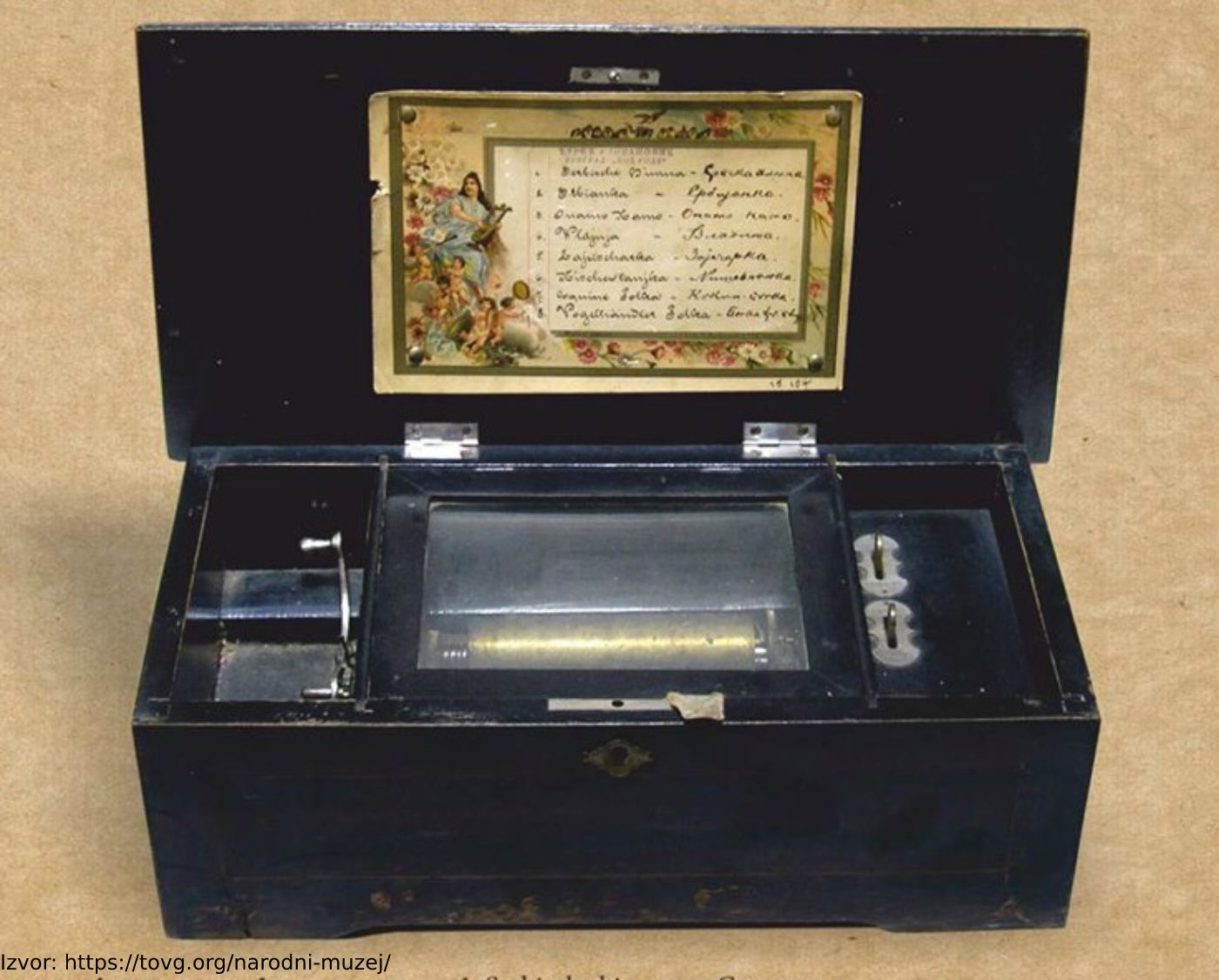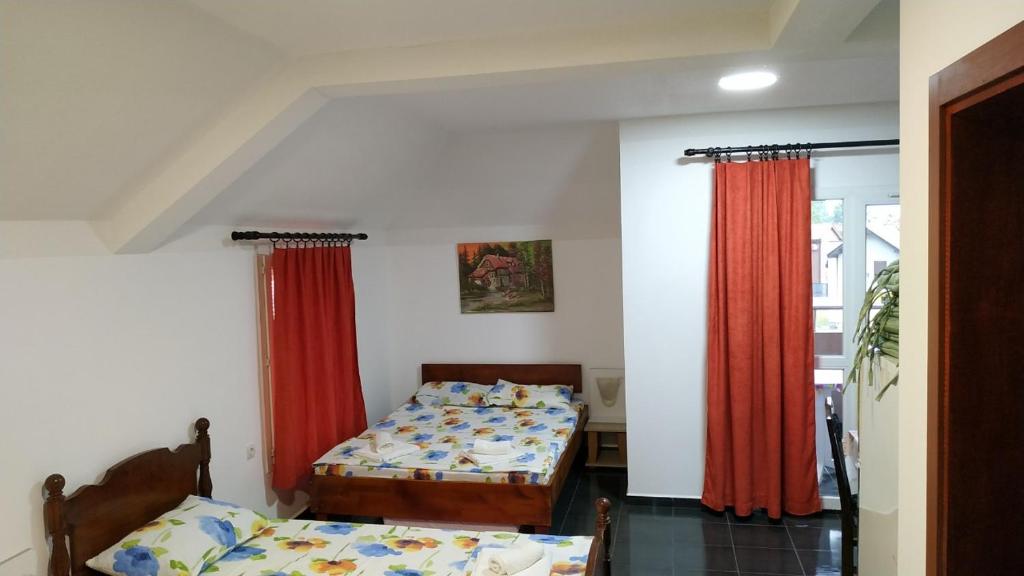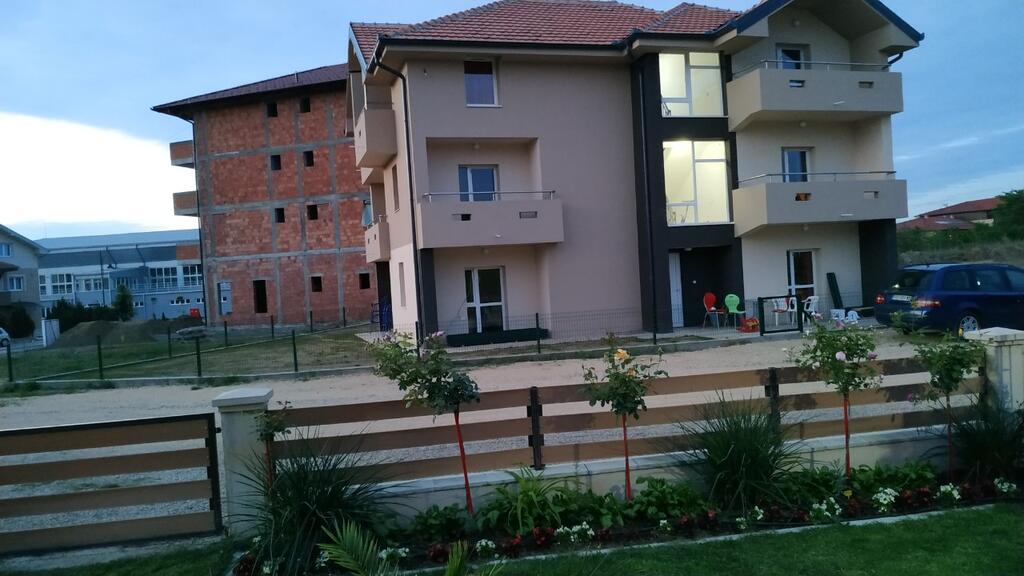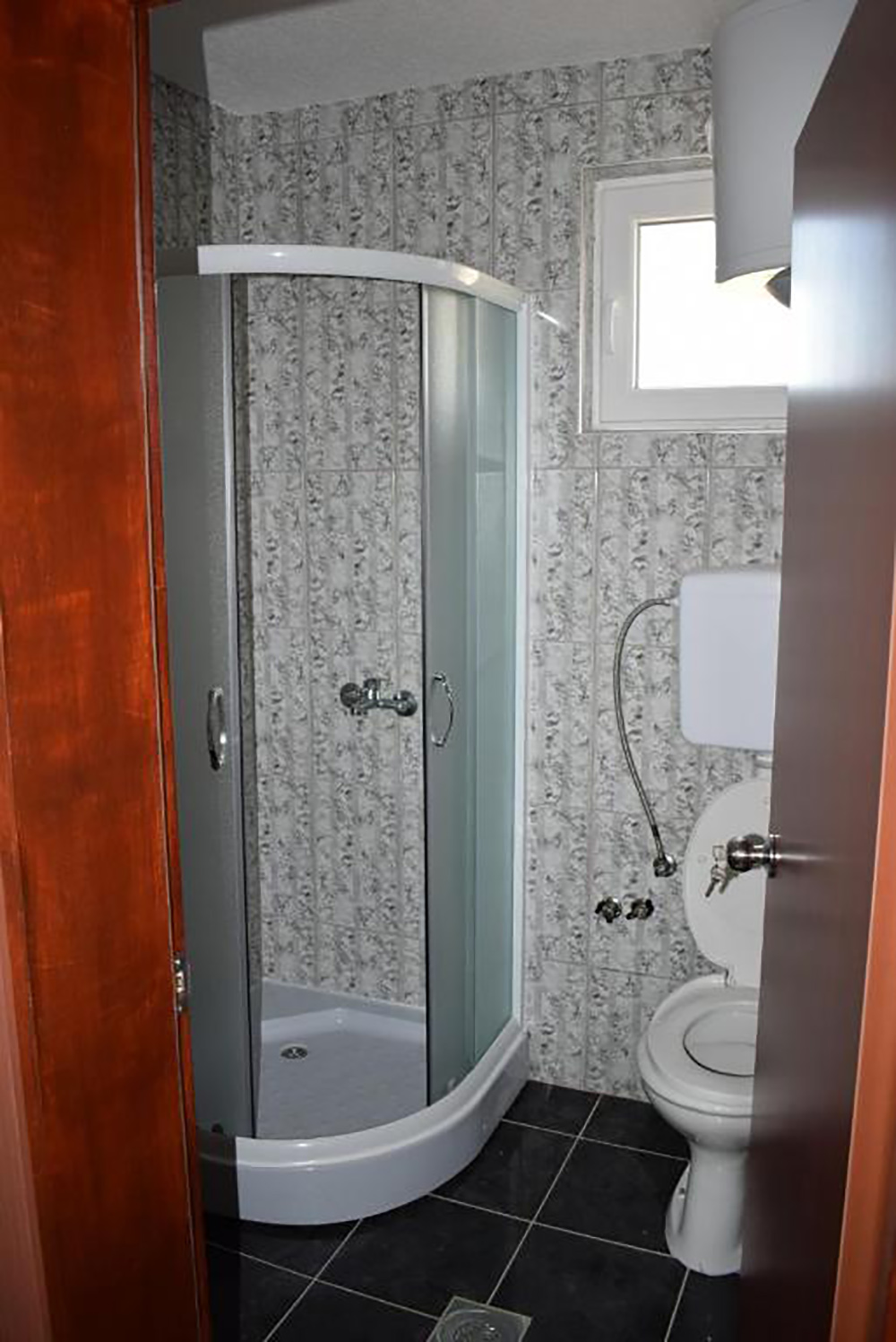Ramska Tvrđava
Share this attraction
Back
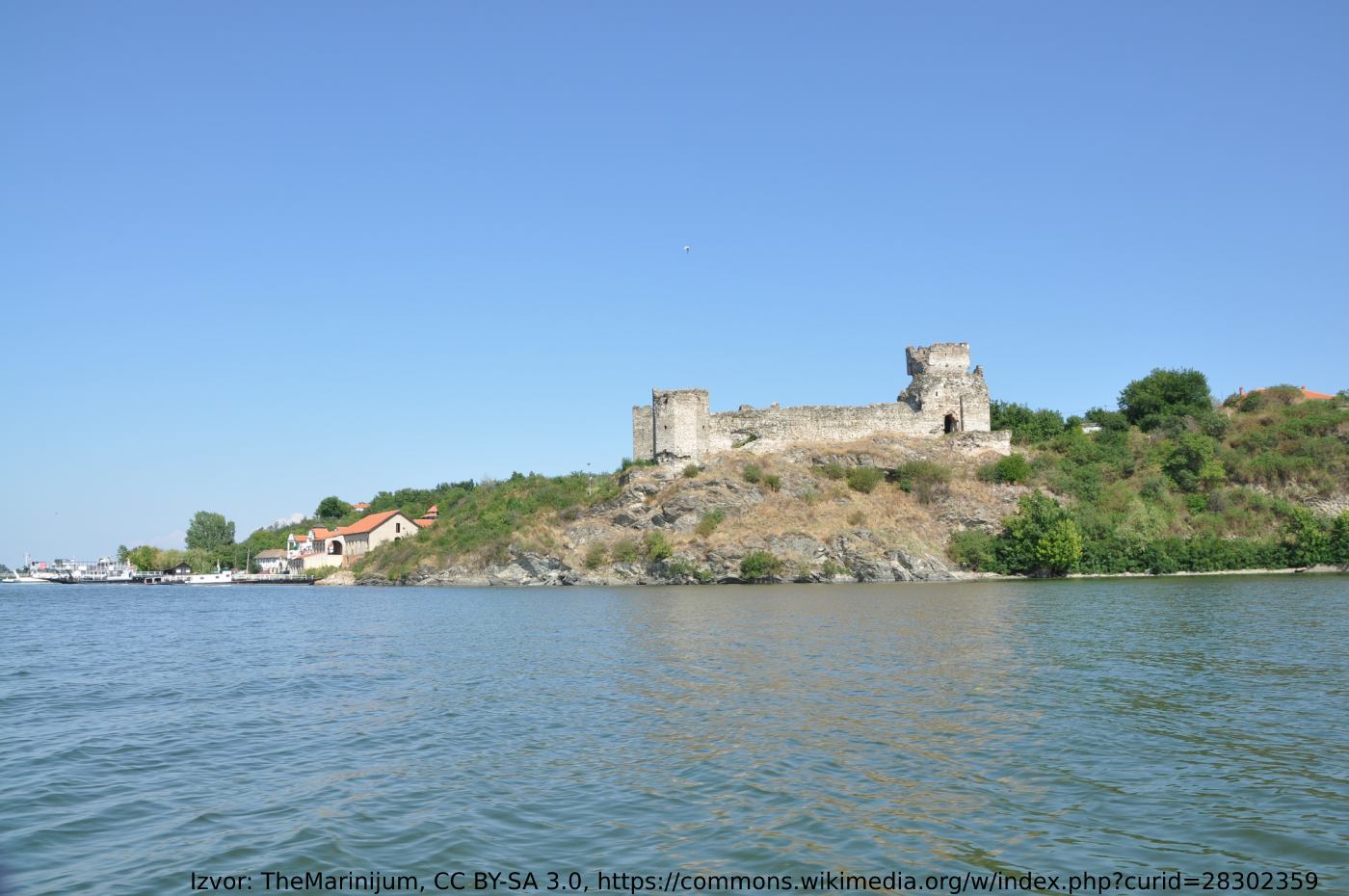
Ramska Tvrđava
Srebrno jezero
Ram fortress - the most important information
Nobody knows when the first stone was placed on the rock that rises above the wide river Danube. However, many agree that it was very early. Some say that the first form of a fortification here existed even in Celtic times. It is certain that, from the first testimonies, the fortress on the Danube carried the epithet of beauty, from whose walls you can capture the most beautiful moments at any time of the day. It is located on the right shore of the Danube, in the village of Ram, between Kostolac and Veliko Gradiste. With a mighty rampart of more than 30 meters in length and five massive towers with pointed domes, the Ram Fortress was raised to be a defense against every kind of weapon.
History of Ram fortress
It is believed that the wonderful scenes of this place led Bayezid II to build a fortress here, in the form which we recognize today. According to another legend, Remus, Romul's brother, was the first to make this place his home. However, the Ram fortress still hovers somewhere between truth and myth. With 36 cannon openings, it used to release great artillery power and stood as an inaccessible giant surrounded by a deep trench. As such, the Ram Fortress witnessed various triumphant and tragic events in history. Among other historical figures, it is believed that the Hun military leader Attila the Whip of God resided within its walls.
It is known that, for this fortress of great strategic position and military power, many people have died. Among them was the Austrian count Baron Lopresti - "The Hero of Ram'' who died heroically in 1788, defending Ram from the Turks. The fortress remembers the periods of war aggression, hajduk rebellions, and heroic deeds, but also times of prosperity and peace. From the time when trade flourished in the area, many travelers stopped to rest in a nearby hammam. Among them were travel writers who could not resist noting down the unusual beauty of this deadly fortification.
Significance of Ram fortress
Today, the Ram Fortress rests peacefully in the mist of the Danube as a tourist corner of extraordinary beauty. After a two-year restoration, in 2019, the gates of the fortress have opened to curious visitors. This fortification may no longer have a role in historical-political events and military actions, but it certainly continues to conquer a large number of people with its beauty. Today, fewer traders and more tourists come here to enjoy its area and attractions. Whether you come to rest in the spirit of the past days or to hear old stories from Ram, do not miss climbing one of the guard walls. From there, you can see how the fortress reflects in the calm Danube. If you stay until the end of the day, you can catch the warm sunset, one of many that National Geography has placed among the most beautiful sunsets in Europe. The overall impression that the fortress Ram leaves on everyone testifies to its enormous cultural, historical, and tourist value.
Significance of Ram fortress
Today, the Ram Fortress rests peacefully in the mist of the Danube as a tourist corner of extraordinary beauty. After a two-year restoration, in 2019, the gates of the fortress have opened to curious visitors. This fortification may no longer have a role in historical-political events and military actions, but it certainly continues to conquer a large number of people with its beauty. Today, fewer traders and more tourists come here to enjoy its area and attractions. Whether you come to rest in the spirit of the past days or to hear old stories from Ram, do not miss climbing one of the guard walls. From there, you can see how the fortress reflects in the calm Danube. If you stay until the end of the day, you can catch the warm sunset, one of many that National Geography has placed among the most beautiful sunsets in Europe. The overall impression that the fortress Ram leaves on everyone testifies to its enormous cultural, historical, and tourist value.
What to see
Among many fortress attractions you can see:
- Fortress Museum - opened in 2020, when various archeological remains were dug out after restoration
- The remains of a mosque -in the courtyard of the fortress are the remains of a mosque, as an unavoidable witness to Turkish rule.
- The panel of gratitude to the TIKA agency - in the courtyard of the fortress you can see a bilingual sign that stands as a symbol of gratitude to the Turkish Agency for Cooperation and Coordination (TIKA), which financed the restoration of the Ram fortress
Don't miss the sites around the fortress:
- Celtic oppidum - originated in the 4th century BC. A kilometer from the fortress, Celtic tribes built this oppidum with a temple and an altar, so even today, you can see the remains of sacrificial structures.
- Lederata - a Roman military camp built by Emperor Trajan. The military camp was built on the very remains of an oppidum from the Celtic era.
- Caravanserai - a place of rest for travelers and traders, this building still keeps traces of fireplaces and loopholes. It is believed that this purpose-built residence was built when the fortress itself.
In addition to preserving immovable cultural and historical assets, the fortress has been a host to activities:
- Thematic exhibitions - events in which they wear costumes related to the theme of the event.
- Danube cycling route - which brings tens of thousands of tourists and cycling enthusiasts to the fortress every year.
Opening hours and ticket price
You can visit the frame alone or with a guide. Tours start every hour, and if you decide to go on a tour on your own, you can get an audio guide.
You can visit the frame alone or with a guide. Tours start every hour, and if you decide to go on a tour on your own, you can get an audio guide.
- Working hours: 10 am - 9 pm.
- Single ticket price: 300 dinars
- Group ticket price: 200 dinars
How to get to Ram fortress
The fortress is located 15 km from Veliko Gradiste and 110 km from Belgrade.
- By car: you can come via Belgrade - Smederevo - Pozarevac - Ram. If you are coming from Belgrade, the ride takes about an hour and a half.
- By ferry: via Pancevo - Kovin - Bela Crkva - Banatska Palanka, you can also reach the Danube by car. However, at the end of the road, you will have to use a ferry - to cross the river and reach the Ram fortress.
Additional information
The road:
Passing a line ferry crossing can be difficult due to weather conditions and the time of year. The departure schedule changes depending on the volume of traffic, and the price of the ride depends on many conditions (age, status: pupil, student, pensioner, type of vehicle transported by ferry: bicycle, car, van, etc.). For a more comfortable ride, we recommend a trip by car through Smederevo.
Passing a line ferry crossing can be difficult due to weather conditions and the time of year. The departure schedule changes depending on the volume of traffic, and the price of the ride depends on many conditions (age, status: pupil, student, pensioner, type of vehicle transported by ferry: bicycle, car, van, etc.). For a more comfortable ride, we recommend a trip by car through Smederevo.





